A TO Z INDIA
English & Tamil Monthly Magazine
Volume 05
• Issue 07
February 2022

Mazha
The Monsoon in Kerala


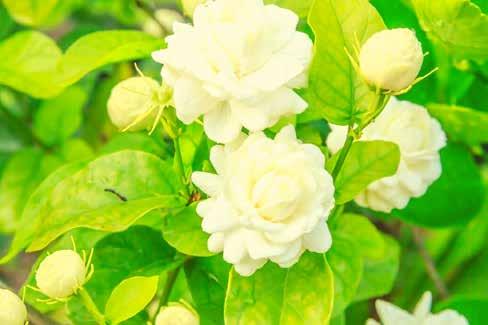
'MAZHA YATRA' - A MONSOON TOURISM, KERALA: ENJOY 'MAZHA YATRA', WITH A HOT COFFEE
A walk in the rain accompanied by fog... the taste of 'Kappa Puzhukku' and Hot coffee... The Athirappilly-Thumpoormuzhi-Vazhachal DMC is organising a very different 'Mazha Yatra' (rain trip) for nature lovers. The special herbal coffee will provide a refreshing feel to the tourists.
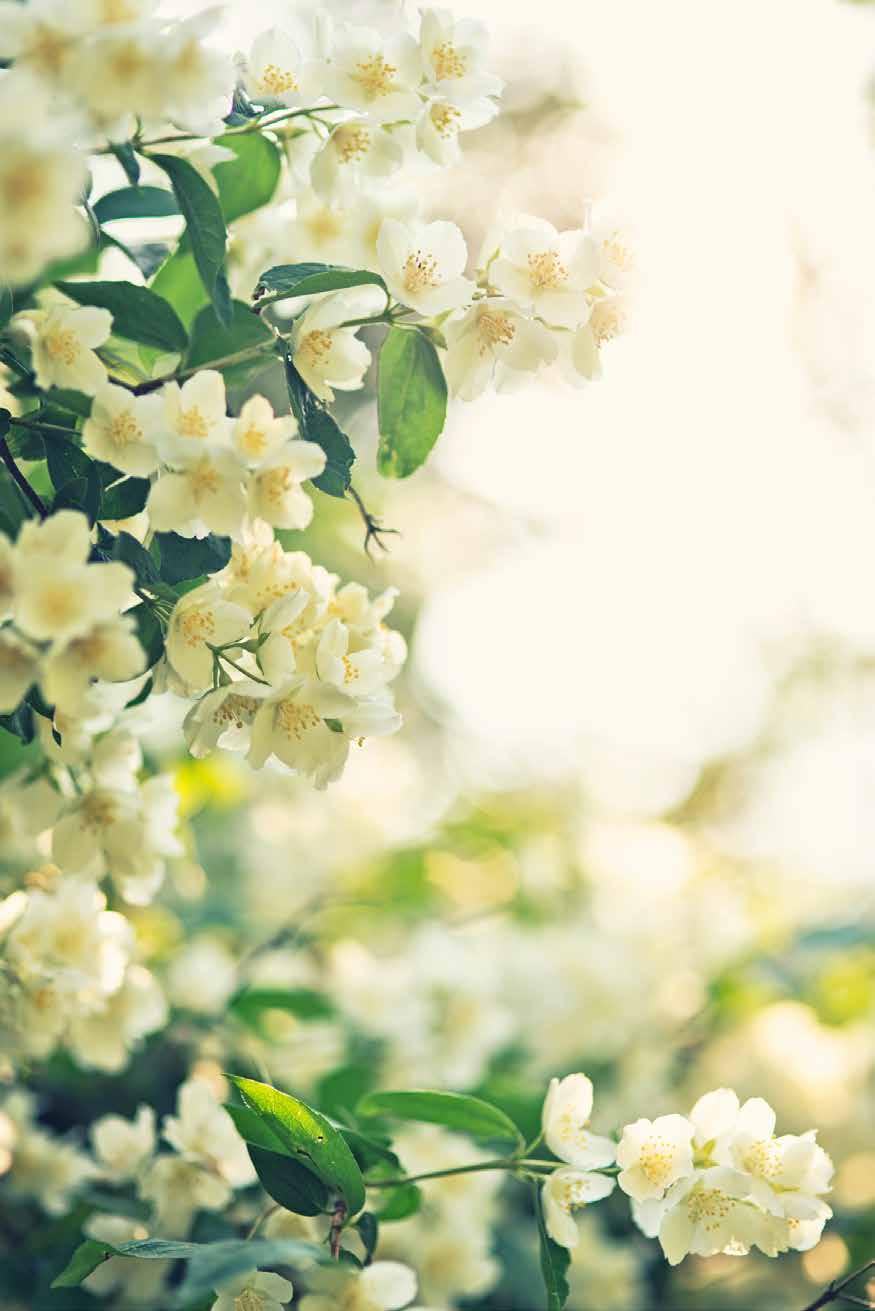
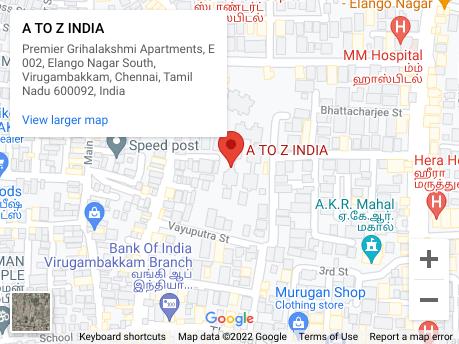
A TO Z INDIA magazine covers the Indian through his art, culture, lifestyle, religion, etc. This magazine gives an insight into the life of Indians from an angle uncovered by others. Turn to find out what it is about and to immerse yourself into an entirely different culture.
Publication Team: EDITOR: Indira Srivatsa
ASSOCIATE EDITOR: Dwarak, Srivatsa
EDITORIAL CONSULTANTS: Santha, Bhavani, Srinivasan
REPORTING: Raghavan
PHOTOGRAPHY: Adithyan
GRAPHICS ENGINEER: Chandra
Editorial Office: E002, Premier Grihalakshmi Apartments, Elango Nagar South, Virugambakkam, Chennai - 600092, Tamil Nadu, India.
Communication Details: MOBILE: +91-7550160116 e.mail id: editor.indira@gmail.com
Disclaimer:
A TO Z INDIA Magazine has made a constant care to make sure that content is accurate on the date of publication. The views expressed in the articles reflect the author(s) opinions.
From the Editor's Desk: Thaipusam
From Piercing Body to Kavadi AttamAll You Need To Know About This Tamil Festival


Tamil devotees who worship Lord Kartikeya, also known as Lord Murugan, celebrate the Thai Pusam festival. This year, Thai Pusam is being celebrated today, January 18, 2022. The festival is observed on the Purnami Tithi or the Full Moon Day in the Tamil month of Thai, which concurs with the Makara month according to the Solar calendar followed in North India. The word Thaipusam can be broken into Thai and Pusam, where Pusam stands for Nakshatram Pusam or Pushya. The festival is not only observed in India but also in other countries like Malaysia, Indonesia, and Sri Lanka.
Thai Pusam 2022 Timings:
The Poosam Nakshathram will begin at 04:37 AM on January 18, 2022, and it will end by 06:42 AM on January 19, 2022.
Significance of Thai Pusam:
It is believed that the Soorapadman had grown so powerful that the Devas were not able to defeat him. To save the universe, the Devas sought help from Lord Shiva, who in turn gave birth to Murugan, thus the warrior God came into being. Eventually, Soorapadman was eliminated and with his death, the Devas got away from their miseries. Peace and Dharma were restored, following which the devotees started to worship Lord Murugan on Thai Pusam day to seek his blessings.
Among the rituals of Thai Pusam, Kavadi Attam is one of the most significant features. A kavadi is a semi-circular wooden carrier that is used to carry offerings for Lord Murugan. There are many devotees who tonsure their heads and walk barefoot as they carry the Kavadi on their shoulders, while there are some who carry a pot consisting of milk on their head. Kavadi Attam is one of the most distinctive features of Thai Pusam, but the mortification of the body is also quite common. Devotees pierce their tongue, skin, and other parts of the body with Vel or spear, which is a weapon carried by Lord Murugan.
Happy Reading and All Smiles!
'Mazha Yatra' - a monsoon tourism, Kerala:
Enjoy 'Mazha Yatra', with a hot coffee
SrivatsaA walk in the rain accompanied by fog... the taste of 'Kappa Puzhukku' and Hot coffee... The Athirappilly-ThumpoormuzhiVazhachal DMC is organising a very different 'Mazha Yatra' (rain trip) for nature lovers. The special herbal coffee will provide a refreshing feel to the tourists.
The 'Mazha Yatra' aims to turn Athirappilly into a major monsoon tourism spot in Kerala. The trip will connect Thumpoormuzhi-Athirappilly-vazhachal, Charpa waterfalls, and Sholayar, Peringalkuthu dams.
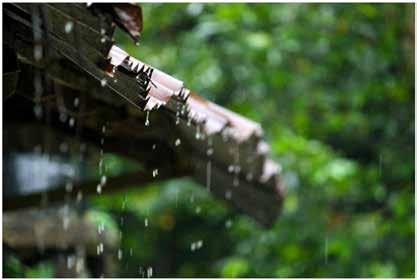
Apart from enjoying the beauty of waterfalls in the monsoon season, the visitors will get to see the rain forests and the river that is full to brim. Those participating in the Mazha Yatra will get accommodation facility in major hotels in Athirappilly and Chalakkudy with a concession of 30 to 50 per cent. They will also get umbrellas, bags, and books for free, said District Tourism Promotion Council Executive Officer Manesh Sebastian.
The Mazha Yatra that will begin at 8 AM from the PWD Rest House, Chalakkudy, will conclude by 6.30 PM. Phone: 0480-2769888, 9497069888.




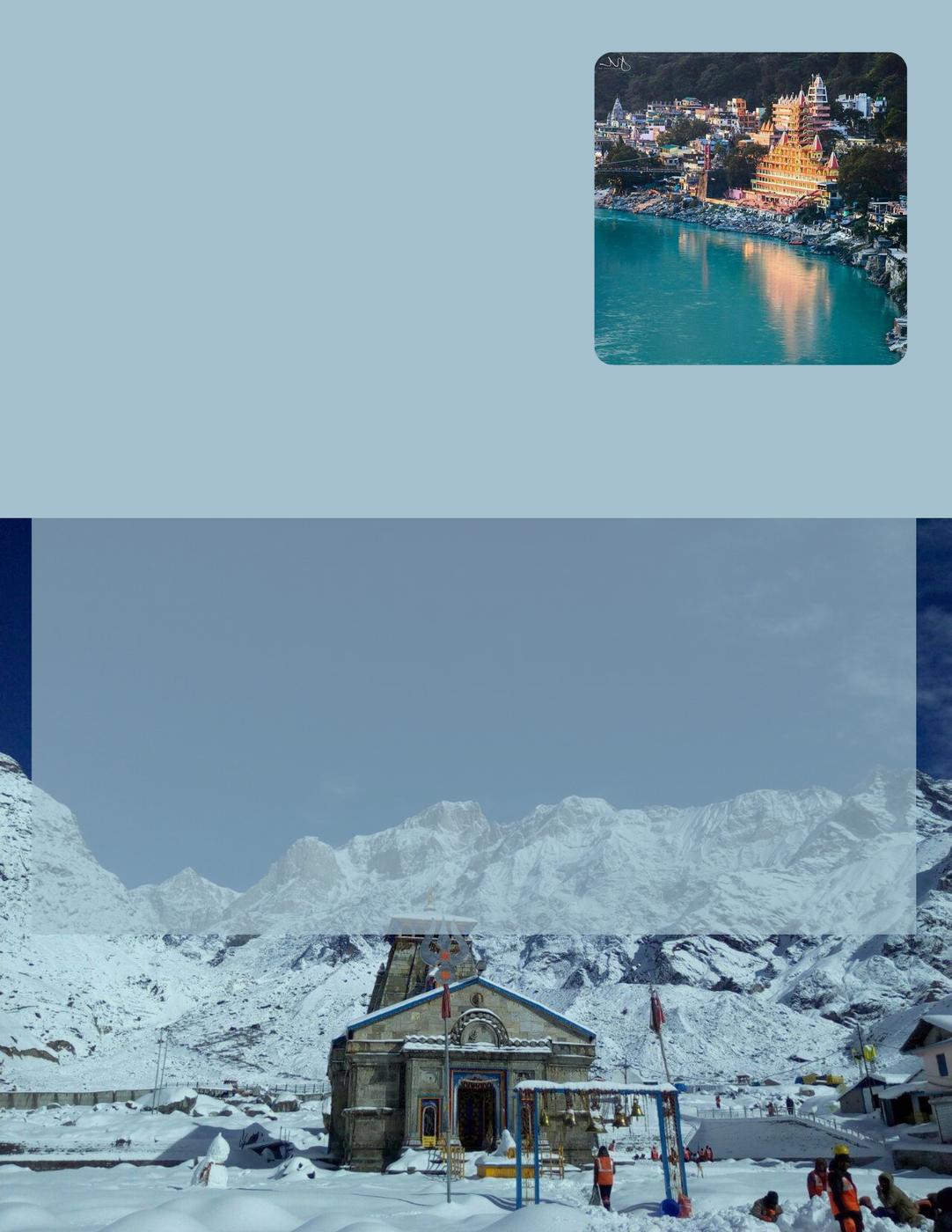
The Land of the Gods, Uttarakhand:
Devbhumi of India
KokilaUttarakhand officially the State of Uttarakhand (Uttarākhaṇḍ Rājya), formerly known as Uttaranchal, is a state in the northern part of India. It is often referred to as the Devbhumi (literally "Land of the Gods") due to many Hindu temples and pilgrimage centres found throughout the state. Uttarakhand is known for its natural beauty of the Himalayas, the Bhabhar and the Terai.
On 9 November 2000, Uttarakhand became the 27th state of the Republic of India, being created from the Himalayan and adjoining northwestern districts of Uttar Pradesh. It borders Tibet to the north; the Mahakali Zone of the Far-Western Region, Nepal to the east; and the Indian states of Uttar Pradesh to the south and Himachal Pradesh to the west and north-west as well as Haryana on its south-western corner. The state is divided into two divisions, Garhwal and Kumaon, with a total of 13 districts. The interim capital of Uttarakhand is Dehradun, the largest city in the region, which is a railhead. The High Court of the state is in Nainital.
Archaeological evidence supports the existence of humans in the region since prehistoric times. The region formed a part of the Kuru and the Panchal kingdoms (mahajanpads) during the Vedic age of Ancient India. Among the first major dynasties of Kumaon were the Kunindas in the 2nd century BCE who practised an early form of Shaivism. Ashokan edicts at Kalsi show the early presence of Buddhism in this region. During the medieval period, the region was consolidated under the Kumaon Kingdom and Garhwal Kingdom. In 1816, most of modern Uttarakhand was ceded to the British as part of the Treaty of Sugauli. Although the erstwhile hill kingdoms of Garhwal and Kumaon were traditional rivals, the proximity of different neighboring ethnic groups and the inseparable and complementary nature of their geography, economy, culture, language, and traditions created strong bonds between the two regions which further strengthened during the Uttarakhand movement for statehood in the 1990s.
The natives of the state are generally called Uttarakhandi, or more specifically either Garhwali or Kumaoni by their region of origin. According to the 2011 Census of India, Uttarakhand has a population of 10,086,292, making it the 19th most populous state in India.
The
Sridhar
By the time of the Kali Yuga ends (present era as per Hinduism), the bodies of all creatures will be greatly reduced in size, and the religious principles of Varnasrama will be ruined. The path of the Vedas will be completely forgotten in human society, and so called religion will be mostly atheistic.
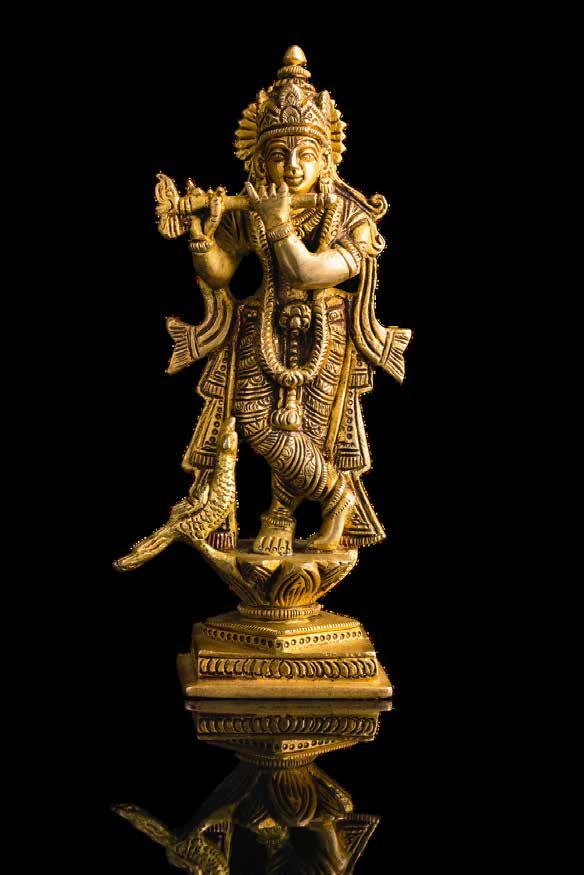
The kings (rulers) mostly will be thieves; the occupation of men will be stealing; lying and needless violence; and all the social classes will be reduced to the lowest level. Cows will be killed, spiritual centers will be no different from mundane house, family ties will extend no further than the immediate bonds of marriage.
Most plants and herbs will disappear. Seasons will go awry, homes will be devoid of piety and there will be no morality.
At that time, the Supreme God will appear on the earth. Acting with the power of pure spiritual goodness, He will rescue eternal religion. At the conjunction of two Yugas (Kali Yuga and Satya Yuga), the Lord of creation will take His birth as Kalki Avatar and become the son of Vishnuyashas of Shambhala Village.
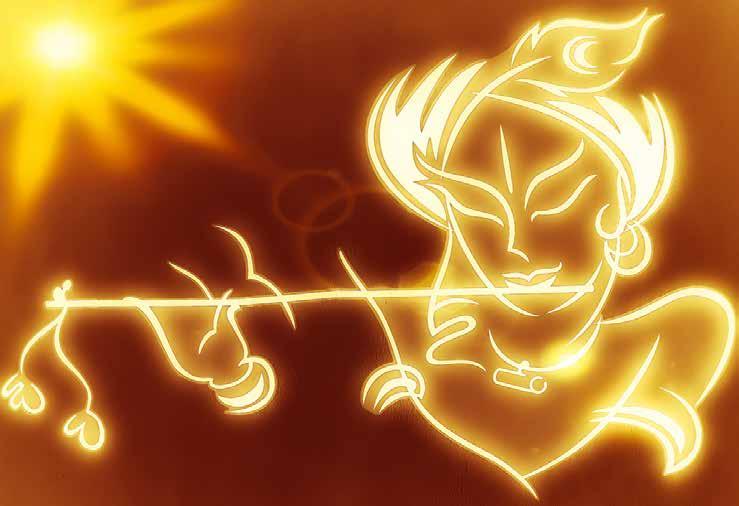
Exploring India:
800-year-old Khavda Pottery in Rann of Kutch, Gujarat
SanthaThe Rann of Kutch is a treasure trove of many oldest art forms, including Khavda pottery, most of which are diminishing handicrafts due to the lack of funds and support for the artisan families struggling to keep ancient crafts alive. Khavda pottery, an indigenous craft of Khavda Village in the region of Kutch, dates back to the 8,000-year-old Indus Valley Civilization, where terracotta pots and toys were discovered during excavations. This earthen heritage of Gujarat is distinguished by its hand-painted beauty from other forms of pottery craft in the rest of the country.
Unfortunately, the craft of Khavda pottery is practiced by only two out of the ten families in the village. While most of the village households have adopted other means of sustenance, the Abdulla Kumbhar family is holding on to the inherited art of making Khavda pottery for survival. Over the past few years, Khavda pottery has lost sheen to plastic and ceramic products in urban households. Another family that is still engaged in the making of this ancient pottery despite petty incomes and inexplicable hardships in the extreme weather of Kutch is Ramzubhai’s.
While male folks of the two families mould vessels out of the clay called ‘Rann ki Mitti’, the women do the surface decoration in the form of painting. The beauty and delicacy of designs, including community-specific geometric patterns, made on the outer surface with red, white and black paints leave art connoisseurs in awe. Khavda pottery is equally useful for household utility and home décor. The Heart for Art Public Charitable Trust is helping the two artisan families generate additional income by organizing paid workshops in urban pockets and promoting their craft.
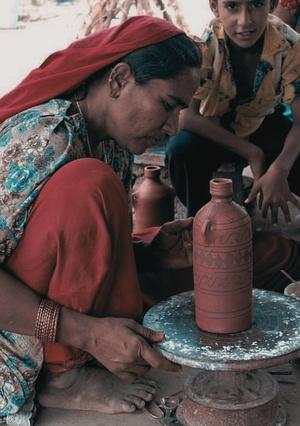



The 93 year old Padma Shri awardee:
93-year-old Unni Gurukkal from Kerala Named for Padma Sh
SanthaOn the occasion of the 73rd Republic Day, the government of India announced Padma awardees of the year 2022, including 93-year-old Sankara Narayana Menon Chundayil, a senior-most practitioner and preserver of Kalari Payattu, the country’s oldest martial art form. His selection for the Padma Shri is a new feather in the cap of Kerala. Popularly known as Unni Gurukkal, he hails from the Mudavangattil family that holds the legacy of having led the army of the king of Vettathu Nadu in Malabar.

Even at the age 93, the Padma Shri awardee is an emblem of fitness and discipline. He started practicing the martial art at the tender age of 6. He continues to follow his daily routine that starts with a visit to the Kalari center at 5:30 in the morning. He strictly supervises the training there. He goes to bed at 10 pm every day.
He is a seventh-generation Kalari practitioner in the family. His children and grandchildren are among the torchbearers of the legacy. They have traveled across the world and started Kalari centers in the US, the UK, France, Belgium, Sri Lanka, and other countries.

Kalaripayattu is believed to be the oldest surviving martial art designed for the primeval battlefield. The word 'Kalaripayattu' is a combination of two Malayali words, Kalari (battleground) and Payattu (training of martial arts). Rituals and philosophies are a part of Kalaripayattu, much like the other Indian martial art forms. This ancient martial art is taught in the Indian Guru-Sishya tradition. Unlike other art forms, Kalaripayattu focuses on teaching weapon techniques first and follows barehanded techniques later.

The Shiva mystery:
Mount Kailash - Lord Shiva's abode
SanthaNo human has managed to scale Mount Kailash. lord Shiva's home yet it has never been climbed by modern man, located in Tibet (ruled by Chinese govt.)
1. It’s Unclimbable
Even though it’s shorter than Mt. Everest (which thousands have scaled), No one has reached its summit so far. Many claim this to be the bidding of supernatural forces, while scientists are left baffled. Many attempts have been made to get to the peak, but almost all of them were thwarted by extreme weather conditions the moment they set foot on the mountain, almost like the mountains didn’t want people climbing it. Several others claim that once on the mountain, navigation becomes impossible as directions become confusing, some even going as far to say that the mountain and it’s supernatural forces twist and turn directions.
2. Lord Shiva’s Abode
According to Hindu Mythology, it is said that Lord Shiva along with this family reside in this mountain of black rock. This is among many reasons why Mt. Kailash is a holy pilgrimage for many. Devotees of Shiva come here for salvation, and feel many supernatural forces when they do so. Some even claim to have seen Lord Shiva himself, in his form as Neelkanth.
3. Known As Astapada By Jains

This mountain isn’t just sacred to one religion, as it revered as the site at which their first prophet received enlightenment. Jains have a different name for this peak, Astapada, and they believe that the first of the twenty-four Tirthankaras, Rishaba, achieved liberation.
4. Also Known As Tise
Along with Hindu and Jain mysticism regarding this mountain, an ancient religion, even before Buddhism came into play, has roots in this mountain. Adherents of Bon, an ancient shamanistic religion, call the mountain Tise, believing it to be the Goddess Sipaimen’s seat.
Day 26 January 2001:
The Black day of Gujarat

On this day in 2001, sirens wailed and traffic came to a standstill and people observed two minute-silence a total of 184 students, 18 teachers and two police constables were killed at the chowk when the quake rocked Gujarat claiming over 18,000 lives, rendering lakhs homeless and flattening several towns.
The massive earthquake killed between 14 000 and 20 000 people, damaged over 1.2 million houses, and affected almost 8000 villages in Gujarat, west India. More than 3000 health facilities were destroyed, including a 281 bed district hospital, a 16 bed mental hospital at Bhuj, and 239 health centres.as the clock struck 8.46 am, the time when the killer quake struck.
Dwarak
How to possible almost 1800 year old rock cut made ? Any technology ? This is Lomas Rishi Cave, one of several man-made Barabar Caves.
The Barabar Hill Caves (Hindi बराबर, Barābar) are the oldest surviving rock-cut caves in India, dating from the Maurya Empire (322–185 BCE), some with Ashokan inscriptions, located in the Makhdumpur region of Jehanabad district, Bihar, India, 24 km (15 mi) north of Gaya.
The cave of Lomas Rishi is probably the most famous of the caves of Barabar, because of its beautifully carved door. It is on the southern side of Barabar granite hill, and is adjacent to Sudama cave, which is on the left. Lomas Rishi consists of two rooms: a rectangular room measuring 9.86x5.18m, and a circular, semihemispherical room 5m in diameter, which is accessed from the rectangular room by a narrow rectangular passage.

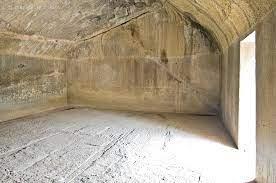
Hindu pilgrimage city in Almora District:
Jageshwar Shiva temple
Bhavani
Jageshwar is a Hindu pilgrimage city in Almora District, devoted to Lord Shiva, placed 36 km northeast of Almora and round one zero one Kms some distance from Nainital in Kumaon Region of Uttarakhand.
Jageshwar is really one of the most vital group of
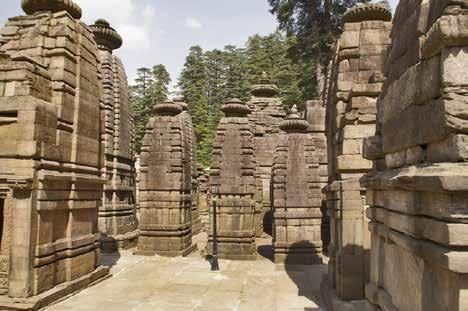
temples placed in a unmarried complex within the global. It has a couple of hundred twenty five big and small temples internal its complicated. The temple complicated is called after the presiding deity Jageshwar, which is dedicated to Lord Shiva.
Jageshwar Shiva temple is one of the oldest shiva temple in India.Jageshwara temple is maximum famous for its Swayambhu Linga, also known as the Nagesh Darukabane, and is the eighth one a number of the 12 jyotirlingas spread all through India. There are extra than 25 inscriptions visible right right here at the temple walls and pillars written in Sanskrit and Brahmi. These inscriptions belong to one-of-a-kind timedurations and talk of devotion, renovations, and land donations below the Katyuris, the Malla kings, and the Chand kings.
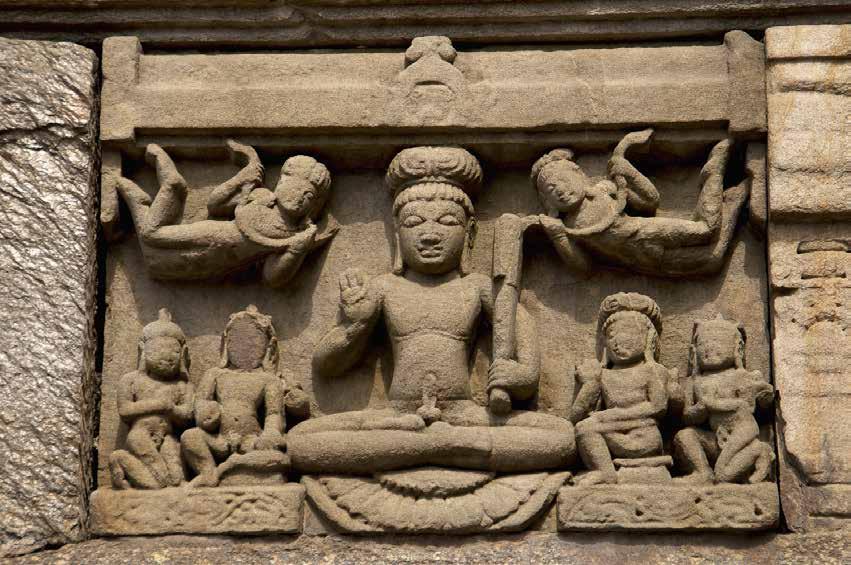
Among the more well-kno wn temples from the Katyuri technology is the Jageshwar Dham, that is at a height of 6,130 5 feet, and lies around 34 km from Almora. The temple complicated is located in a densely wooded valley at the left economic group of the river Jatganga, and is enclosed on all facets by using tall deodars, together with a few spattering of village homes and dharamsalas. The temple cluster includes 124 small and h uge stone temples and is thought to had been built amongst seventh -eleventh century CE, usually via the Katyuri kings.
There are spherical a hundred twenty five temples within the complex and 174 sculptures together with stone idols of Lord Shiva and Parvati decorated intricately with jewels. Jageshwar was a medieval centre of Shaiwism and is regarded as one of the most sacred place in Kumaun. It takes its name from the linga idol of lord Shiva worshipped as Jageshwar and is locally reputable as one of the 12 Jyotilingas which can be held mainly esteem.
Dwadasha Lakshna Sthambha:
Do you think this is just a Temple Pillar?
ChandraThis “Dwadasha Lakshna Sthambha” – 12 Elements Pillar is of “Vishnu Kanta” (Octagonal) class of Hindu temple pillars from Surya Mandir, Modhera, Gujarat.
1) Ghata/Ahvaana Patta – Base Water pot like Kalasa or Welcome Band generally contains Sri Ganesha or Sri Maha Lakshmi.
2) Simhamukha Patta – Lion Band –represents the Valor & Courage.
3) Dwarapala Patta – Guardian Band –Guardians of the presiding deity in the temple are present.
4) Vadaka/Vadaki Patta – Musicians Band singing in reverence of the god.


5) Avatara Patta – Manifestation Band – different Avataras of presiding deity.
6) Kalika Patta – Lotus Bud Band – indicates the potentiality of everybody to attain moksha.
7) Khandika/Ghanta Patta – Bell band – signifies the impermanence, transient creation of this universe through sound.
8) Deva Gana Patta – Embodiments of divine features –resembles all good characters of divinity.
9) Gandharva Patta – Geometrical Band basically Vajra or Padma Kulika are present. Vajra indicates indestructibility. Padma Kulika indicates – probability of moksha all human beings.
10) Kirtimukha Patta – Kirtimukha is the embodiment of dedication to his master Mahadev.
11) Kumbhika/Purnakumbha – Kalasa – water pot at the top.
12) Sirsa – Head/Capital of a pillar – represents how important sirsa is in bearing weight like Head takes care of a human body. Ghata at base is water, Kumbhika at the top is water - is an indication of how life emerges in water and ends in water.

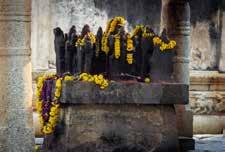
ஸரகி�ஷண�க�ப பிரியமான மாதம... மாரகழி.
விேசஷமான எணணாக
க�தபப�வ� ஒனப�. அநத
எணணில நணட வாழவ எ�ம
அரததம ெபாதிநதி�பபதாகச
ெசாலகினறனர, சனரகளின ெசாரகக
ேகாபரம, ஒனப� வைளயஙகளால
�ழபபட�ளள�. எகிப�, ஐேராபபா,
கிரக �தலான நா�க�ம 9-ஆம
எணைண விேசஷமாகப
பயனப�ததிப ேபாற�கினறன.
ெபணகளின கரபபம, �ரணமாவ�
ஒனபதாம மாத நிைறவிலதான! பாரத
கணடததில, நம இநதியாவில ஒனப�
எ�ம எண இன�ம மகத�வஙகள
ெகாணட�. ஒனப� எனற எண�க�
வடெமாழியில நவம என� ெபயர. நவ
எனற ெசால பதிய, ப�ைம எ�ம ெபா�ள உைடய�.
நவ சகதிகள:
வாைம, ேஜஷைட, ரவதரி, காளி, கலவிகரணி, பலவிகரணி,

பவளம,
மரகதம, மாணிககம, �த�, ைவ�ரியம.
திரவியஙகள:
அபப, ேதய, வாய, ஆகாயம, காலம, திக�, ஆனமா, மனம.

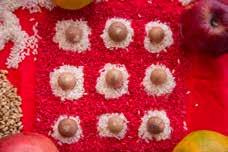
ஸரகி�ஷண�க�ப பிரியமான மாதம...
பிறநதவன எபப�
9-ஆம திதியான
நவேலாகம (தா�):
ெபான, ெவளளி, ெசமப, பித◌தைள, ஈயம, ெவணகலம, இ�மப, தரா, �ததநாகம.
நவ தானியஙகள:
ெநல, ேகா�ைம, பாசிபபய�, �வைர, ெமாசைச, எள, ெகாள�, உ�ந�, ேவரககடைல
சிவ விரதஙகள ஒனப�:
ேசாமவார விரதம, தி�வாதிைர
விரதம, உமாேகசவர விரதம, சிவராதரி
விரதம, பிரேதாஷ விரதம, ேகதார
விரதம, ரிஷப விரதம, கலயாண�நதர
விரதம, �ல விரதம.
நவசநதி தாளஙகள:
அரிதாளம, அ�மதாளம, சமதாளம, சயதாளம, சிததிரதாளம, ��வதாளம, நிவரததிதாளம, ப�மதாளம, விடதாளம அ�யாரகளின பணபகள: எதிரெகாளளல, பணிதல, ஆசனம (இ�கைக) த�தல, கால க�வதல, அ�சசிததல, ��பம இடல, தபம சாடடல, பகழதல, அ�� அளிததல.
நவரதனஙகள: தனவநதரி, �ணபகர, அமரஸிமஹர, சங�, ேவதாலபடடர, கடகரபபரர, காளிதாசர, வராகமிஹிரர, வர�சி (விகரமாரககனின சைபயிலி�நத 9 பலவரகள; நவரதனஙகள எனச சிறபபிககபப�வர).





ஆனமகம:
ேதாரணமைலயில ைதப�ச
தமிழினியன


ைதப�சததில மட�ேம
ேதாரணமைலயில நடக�ம அதிசயம
இ�. ெதனகாசி மாவடடம கைடயம
அ�ேக அைமந�ளள�
ேதாரணமைல. மைலம�
��கபெப�மான எ�நத�ளி

The importance of peace of mind:
What is the meaning of peace of mind?
SrinivasanThere is no greater wealth on earth than peace of mind. To be at peace with yourself is to accept yourself with all your limitations, frailties and insecurities. But it also entails rising above the petty boundaries of animosities, prejudices, and trying to be happy with what one has.
Holistic health experts, nowadays, place much importance on achieving peace of mind. They say that peace of mind is a particular emotional and psychological state in which the mind experiences utmost happiness, a sense of calm, and, most importantly, a feeling of contentment.
What is the meaning of peace of mind?
The dictionary definition of peace of mind is ‘a feeling of being safe and protected’. However, it also means to be without worry, anxiety, and stress. Therefore, the very phrase, ‘peace of mind’, involves a range of emotions.
It starts with a feeling of being secure. From this sense of security, emerges a sense of undiluted happiness. This happiness cannot be artificially achieved but has to be organically felt. Finally, this happiness also brings about a sense of positivity and optimism about what the future holds.
The importance of peace of mind cannot be overemphasized in our daily lives. With levels of stress increasing, it is hard to be at peace with oneself. But having peace of mind in daily life is crucial for overall wellness.
Reduces Stress:
Stress can lead to a range of cardiovascular diseases, such as heart attack, diabetes, and high blood pressure. Hair experts say that stress also happens to be the primary cause of hair loss and hair damage. Reducing stress leads to physical wellness and allows you to lead a healthy life.
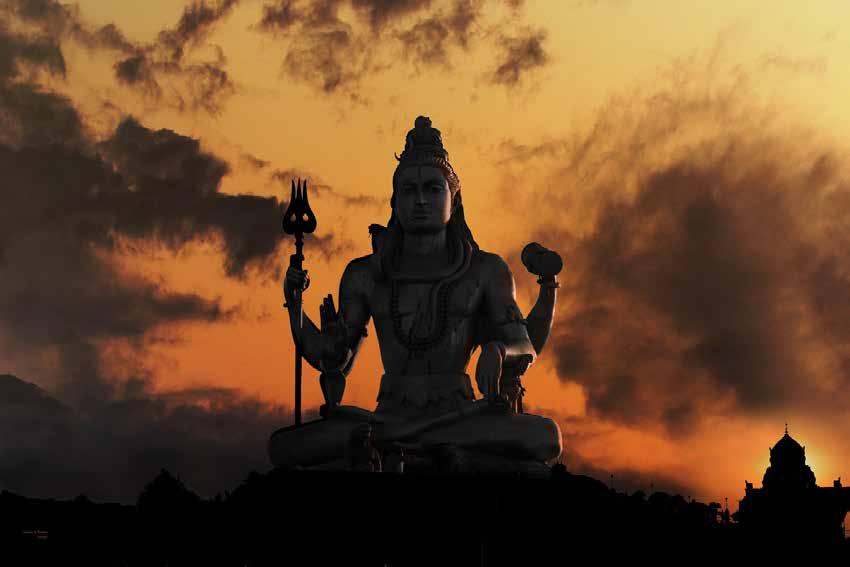
Promotes optimism:
Attitude is the key to success. A positive attitude fills you up with hope and energy. You can work harder and try to achieve things, which you previously thought were impossible to be achieved.
Reduces fear and anxiety:
Feeling anxious or fearful can sap your energy and affect your working ability. This may hamper both your personal and professional lives. Having peace of mind can lessen your chances of being fearful and can significantly improve the overall quality of life.!
Om Namah Shivaya!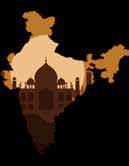
Incredible India: mages of India hrough i k

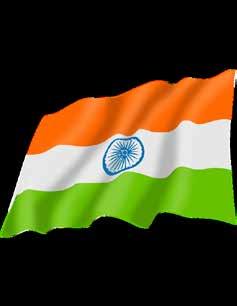



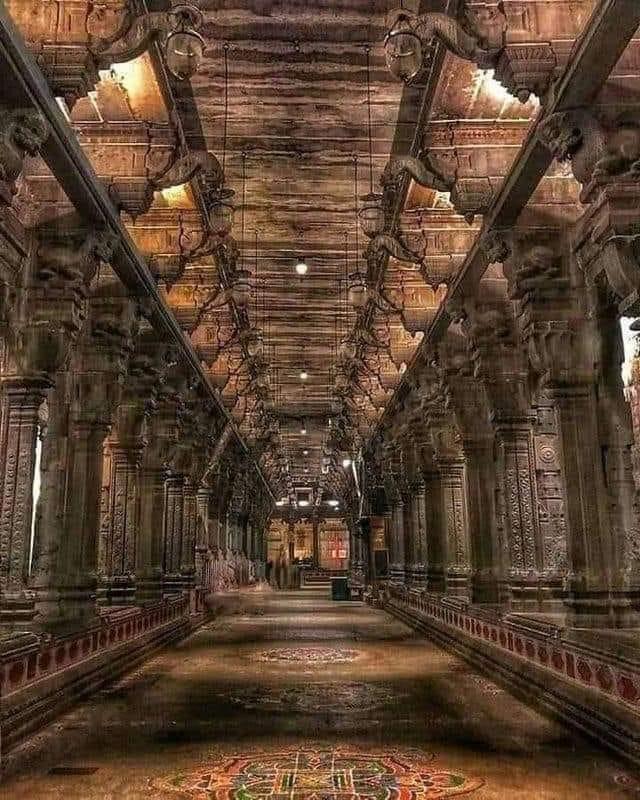



ஜதகா கைதகள:

ஆதிததியன
ஒ� காலததில ஒ� ெகா�ரமான சிஙக
ராஜா வாழந� வநதார. ஒவெவா�
நா�ம, உணவககாக ேவடைடயா�ம
ேபா�, அவர இரககமினறி பல
விலங�கைளக ெகானறார. ஒ� நாள
விலங�கள, ஒ� �டடதைத நடததிய�.
மான �னெமாழிநத�, "ஒ� நாைளக�
ஒ� மி�கதைத சிஙகததிற� உணவாக
அ�பபேவாம. அவ�ைடய பசி
தணிநதால, அவர பிறைரக ெகாலல
மாடடார."
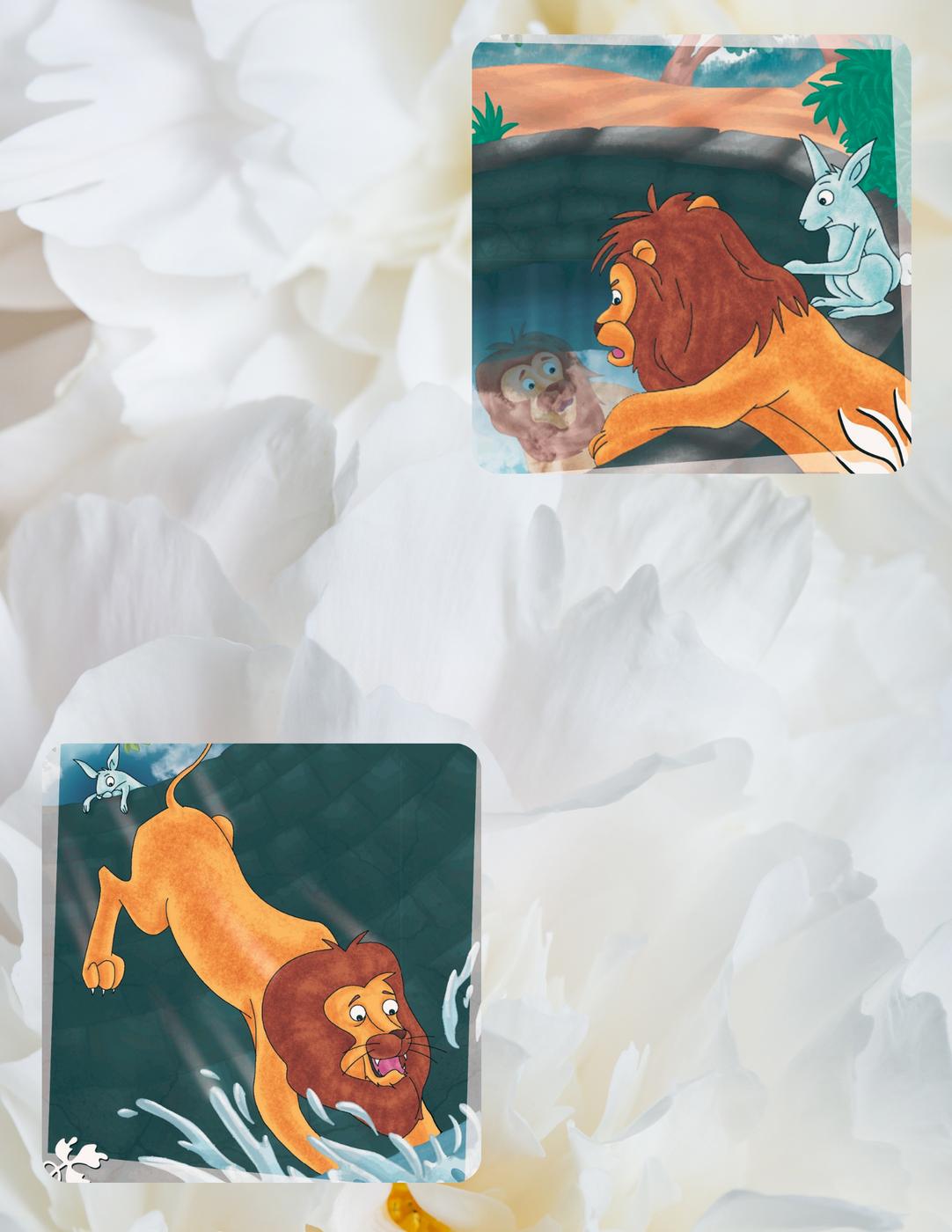
ஆதிததியன
"மனனிககவம, அரேச," என� �யல
�ச�த திணற, "வழியில மறெறா�
சிஙகம எனைனத த�த� நி�ததிய�,
அவர காட�ன ராஜா என� �றி எனைன
சாபபிட வி�மபினார. எபப�ேயா, நான தபபித�விடேடன."
"மறெறா� ராஜாவா?" என� சிஙகம
ேகாபமாக ேகடட�. "ஆம, அரேச!" என�
�யல �றிய�, சிஙகததின சறறதைத
ேம�ம �ட�ய�. "அவர உஙகைள
தாக�வதற� �ன நஙகள ஏன அவைரக
ெகாலலக�டா�", என �யல வினவிய�.
தமிழநாட�ல உளள ம�ைர, ம�ராபரி என�ம அைழககபப�கிற�, இநநகரம இரண� ெதயவஙகளின
மற�ம ம�ைர
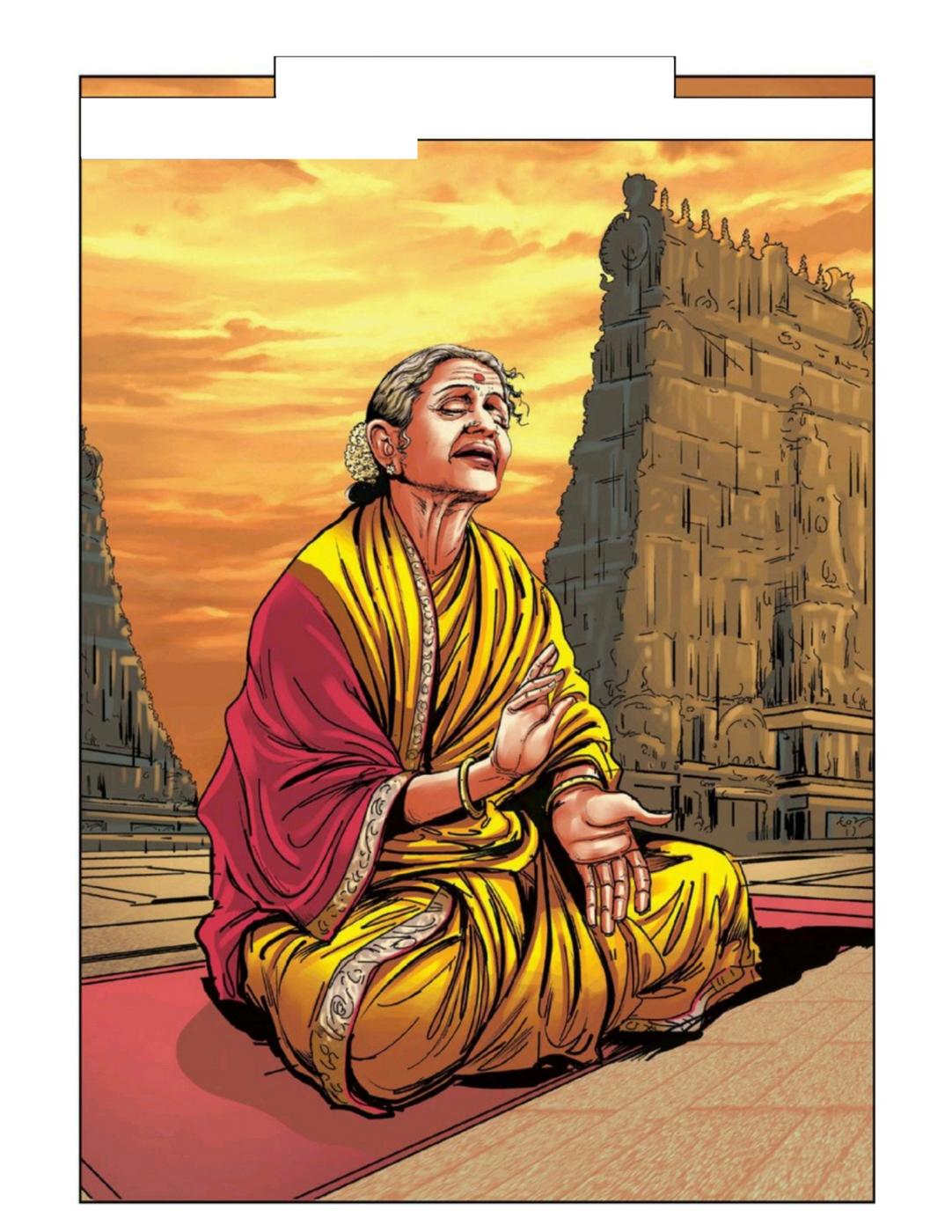



�பபலட�மியின
கண�பி�கக �பபலட�மிைய ம�ைரக� அைழத�ச ெசனறாள.
ம�ைரையயம விட�விட� மண�ம ெமடராைஸ அைடநதாள ெமடராஸில, �பபலட�மி உதவிககாக சதாசிவததிடம
அவரகள ஒ�வைரெயா�வர ஆழமாக ேநசிததனர. 1940 இல, அவரகள தி�மணம ெசய�
1940 மற�ம 1997 க� இைடயில, �பபலட�மியின வாழகைகயில சதாசிவம மட�ேம ஒ� ெபரிய
�தல திைரபபடஙகள வைர, அவர
சிறிய மகள ராதாவடன வட� வாழகைக
பாடக கற�கெகாணடாள
�பபலட�மியின ெவறறியான�, �றிபபாக அவள ச�நதலாவாகவம பினனர
ந�தத பிற� வளரநத�
�பபலட�மி ந�ககக�டா� என� சதாசிவம ��வ ெசயதார! அவள� திைரபபட வாழகைக தி�ெரன நி�ததபபடட
Hinduism:
Shiva is Aadi, Shiva is Anant
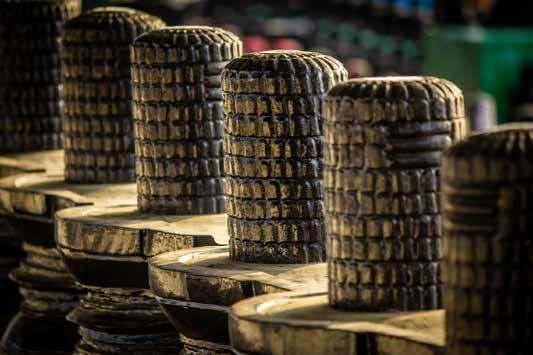
Shiva is Aadi, Shiva is Anant. Shiva is nirakaar. Shiva Has No Form Yet It Is In All Forms. In the Rudraabhishekam, it is said, 'Virupe-bhyo vishva-rupe bhyash-cha vo namo namah'. Virupe-bhyo means, that one which has no form and, Vishva-rupe-bhyo means, yet it is in all the forms of the universe. Everything, all forms are the manifestation of the formless Shiva.
Shiva is the consciousness that present all over; it is an energy field. Shiva is never born and he has no end. He is eternal. He is the fourth state of consciousness, known as the 'Turiya avasta' (the meditative state), that is beyond the waking, sleeping and dreaming state. Shiva is the eternal ocean of infinity from which all existence is manifest and into which all the existence is dissolved. Shiva is limitless, unfathomable, attributeless , unchanging and eternal.
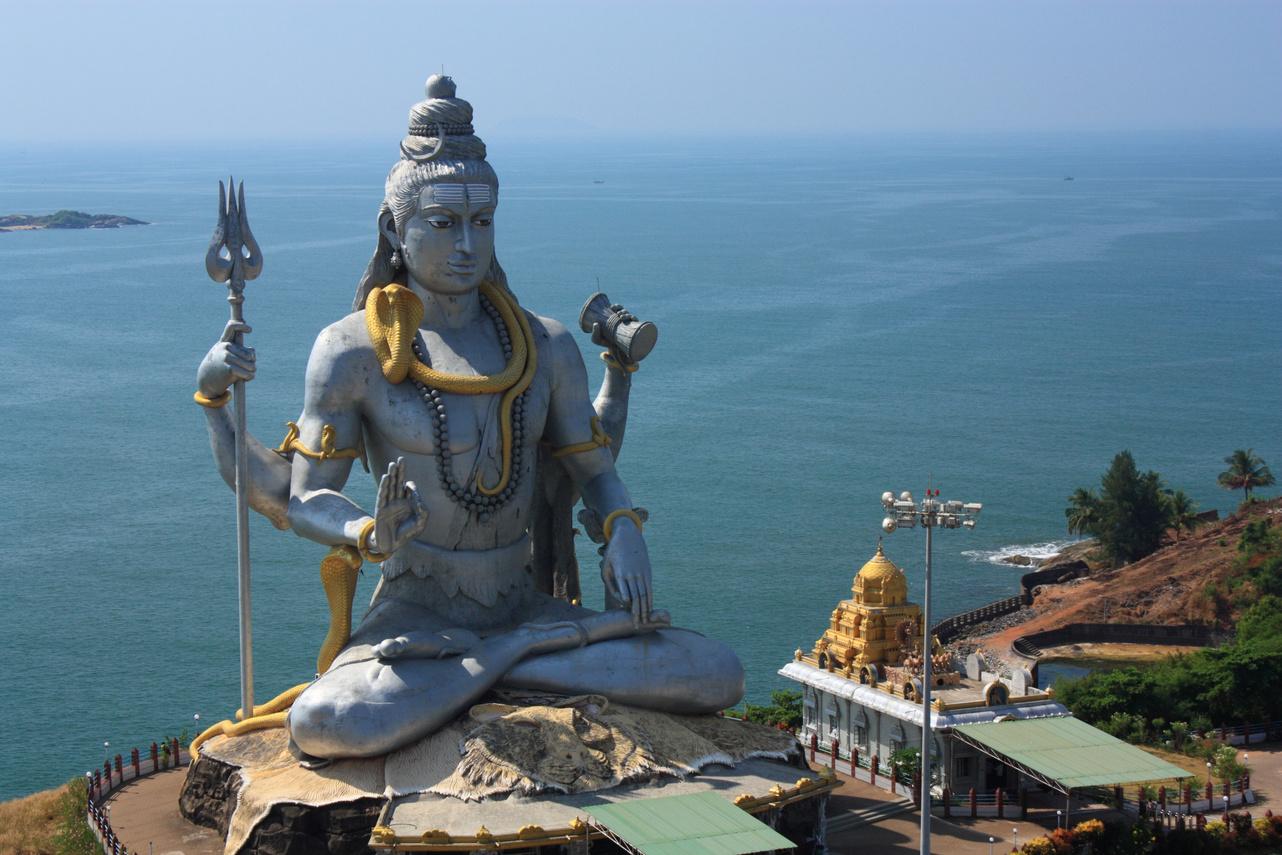
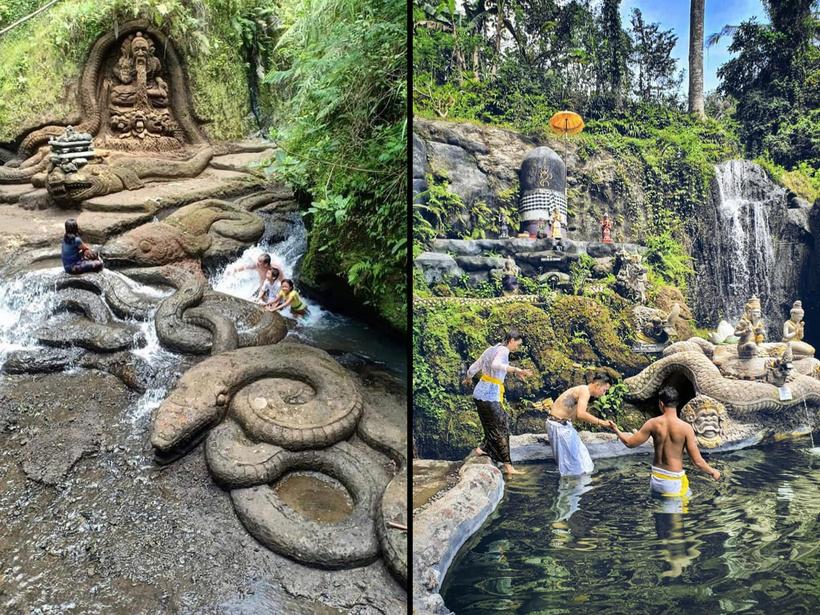
Faith meets Nature:
Beji Griya Waterfall, Bali, Indonesia
Chandra
Somewhere deep inside a jungle in Bali....
Faith meets Nature at a wonderful hidden waterfall.
Beji Griya Waterfall:
"Bali has many waterfalls but this one is nevertheless one of the special and completely hidden in a forest of greenery. At first you only hear the sound of water and when you walk further down and WOW! There is the possibility to go through the waterfall"
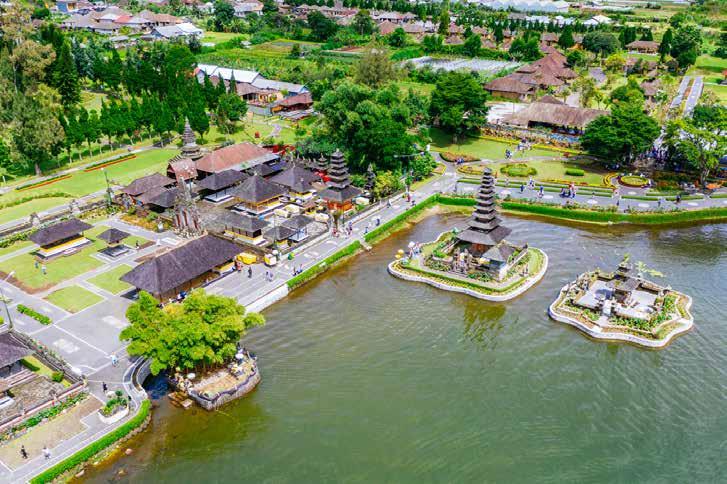



Chandra
It is a Hindu temple dedicated to Shiva, and is located approximately 3 kilometres from the Rudraprayag, Uttarakhand, a little above the Alaknanda River. The location is presumed to be the spot where God Shiva had stopped for meditation on his way to Kedarnath. According to local legends the temple has existed since the time of Bhasmasura.
This was the demon who turned to ashes anyone whose head he touched. Shiva went into hiding to escape this threat, resting in various places before coming to the cave at Koteshwar Mahadev. Shiva rested here for some time, meditating, before confronting and defeating the demon.
Koteshwar Mahadev, Uttrakhand









Owned, Published & Printed by INDIRA SRIVATSA,
Printed at SRI AATHI LAKSHMI GRAPHICS, 14/33, Sivan Koil Cross Street, Kodambakkam, Chennai - 600024 &
Published from E 002, Premier Grihalakshmi Apartments, Elango Nagar South, Virugambakkam, Chennai - 600092.
EDITOR: INDIRA SRIVATSA


